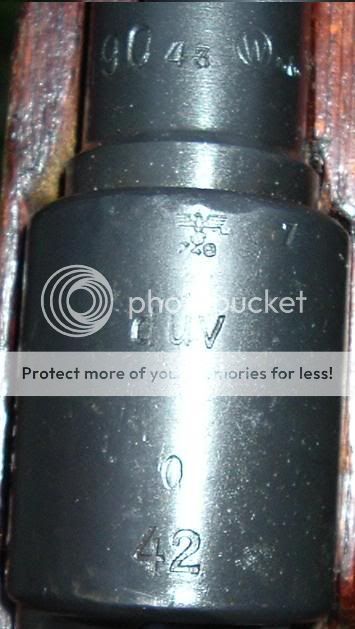Guess what? "Ivan" won. It was a Soviet rifle far longer than it was German rifle. Whether you like it or not. RC Mausers have this in their history. Stripping the shellac off is stripping away history. This discussion always leads to arguments on every WWII rifle forum I go to.
I don't call my Finn'd Remington M91 a Russian or American rifle. It's a Finnish rifle. The same holds true for the RC Mausers.
I know Ivan won and I don't need a history lesson. RC Mausers do have it in their history and I very well know that; this is designated by the X on the receiver.
Your comparison of a Finn M91 to an RC Mauser is far-fetched at best. The Finns did a lot more than just mix parts together and do some electropenciling like the Russians did. Ivan threw parts together and put a crappy coating on the stock. I don't see anything wrong with restoring a German rifle to it's correct finish prior to Russian refurbishment where they hosed down these Mausers with Shellac, grinded on the receivers to remove waffenamts, and electropenciled parts to match after they mixed them from thousands of other rifles effectively making everything a frankenstein. Yes it's a part of their 'history'considering that it is an event in the rifle's lifetime, but by that line of thinking so is doing a hackjob on it. The history of the rifle is still there when you remove the shellac It's not as if by removing the shellac you are denying that the russkies won or that it was never captured; it just doesn't look like crap anymore when you do.
GonzoX said:Venkman, the part that melts when you shoot it is the cosmo preservative. That's not shellac that is melting and the shellac on it has nothing to do with that.
Shellac is an excellent finish that preserves wood very well. Even the Swiss used shellac on their K31s.
If you say so. I feel that Ivan's shellac is rather terrible.
Regardless, lets get back on topic.
Last edited:
Upvote
0


